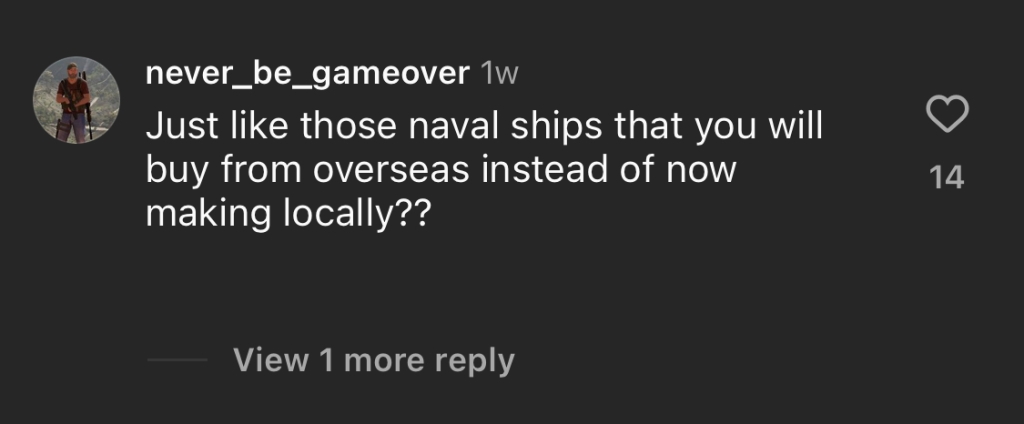In newer years, it seems that politics and social media have intertwined in a way like never before. It’s no longer simply only about political candidates and parties advertising their views and values to the public, but it’s also about how others are able to use these digital spaces to discuss political topics.
Vromen (2017) examines the integration of politics into digital and social spaces in the contemporary era, discussing how the younger generation are handling political campaigning, conversations and debates. Now, I had never heard of the GetUp election campaign that Vromen talks about, however after research into the group I found myself understanding how it is an example of how political engagement has changed. As Vromen described, “particular attention has been paid to their pioneering of digital tools for political engagement” (pg. 5, 2017), as seen below.
This is an example of how to utilise social media successfully, because as we can see GetUp has hundreds of thousands of followers across multiple digital platforms, where they then post their political views and ideologies in an informative way. However, GetUp are not the only people taking advantage of the rise of social media, and more and more political parties and campaigns are posting their own content for a digital audience, both meaningful and amusing.
It’s interesting to see this shift in dynamic from politicians and political parties using social media as a serious and informative outlet for their campaigns, to now using it as place that they can intentionally be humorous. As an Australian example, I think this is best seen through The Australian Greens party (usually referred to simply as The Greens). The Greens utilise social media in both of these ways, actively informing people of their values and what they determine they can offer Australian citizens, whilst also creating content that is purposefully entertaining. We can see this through their use of TikTok, where they not only post original content of their own, but repost other videos that are relevant to their beliefs.
Below are two of their original TikTok videos, comparing the difference in content they produce, where we can see the contrast in content.
Social media also allows for the public to use comment sections and discussion spaces to debate and inform. As an example, we can look at a post made by Australian Prime Minister, Anothy Albanese, on his official Instagram account. The post from the 11th of April, 2024, includes a picture of himself with an overlayed text post stating: “Just announced: we’ll introduce a bill to Parliament to make more things here.”. In the comments, people were not only confused over the lack of information, but announced their feelings surrounding current events they feel Albanese should be taking action on.
Seen above is just some of the 333 comments made on this particular post. Most of these comments then include one or multiple replies, allowing for users of the site to discuss and debate on political topics that they are passionate about.
I believe that the intergration of politics into social media is mainly positive, as it allows for educational discussions to take place that help inform others who may not be as well versed in that topic. On the other hand, the internet will always have trolls or users who use social media to spread hate or misinformation, and unfortunately this can negatively affect conversations that take place surrounding important political issues.
References:
- Vromen, A, 2016, “Introduction”, Digital Citizenship and Political Engagement, vol. 1, no. 1, pp. 1-7














Leave a comment